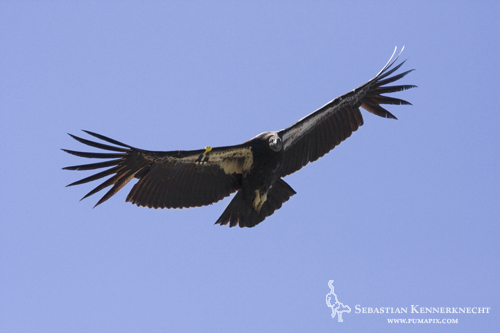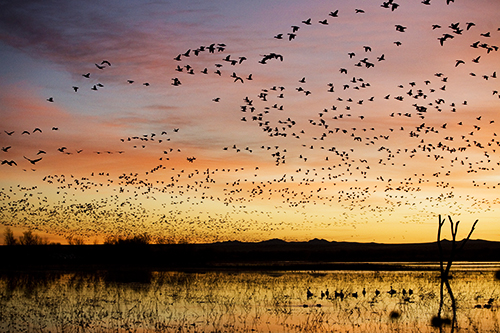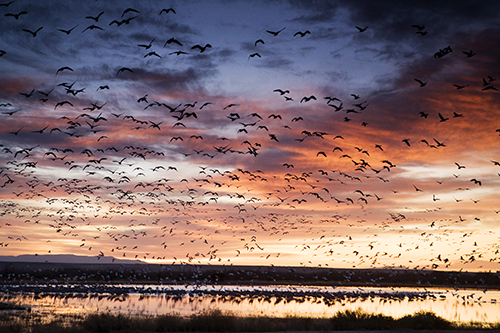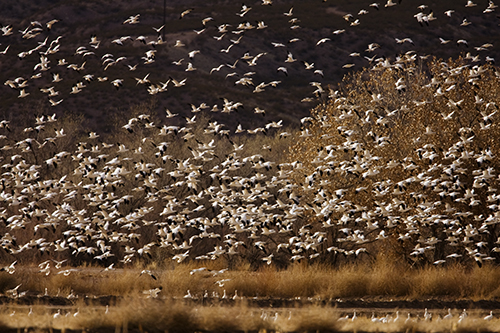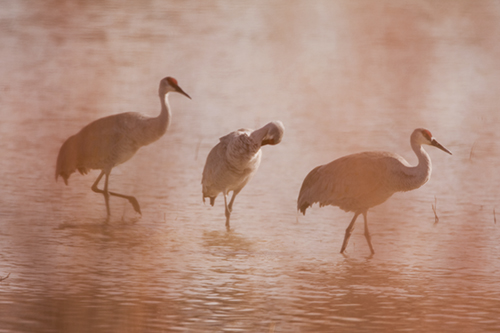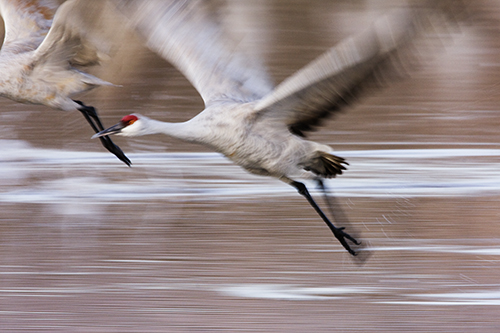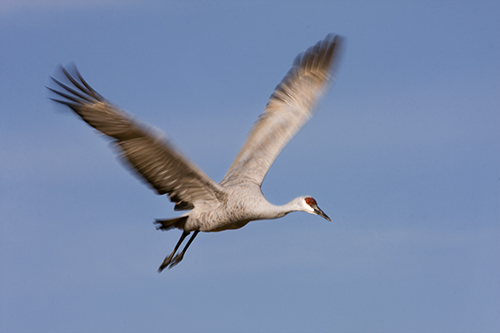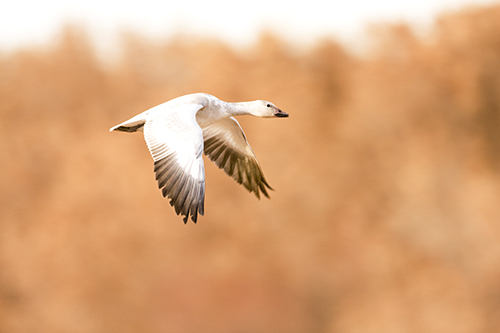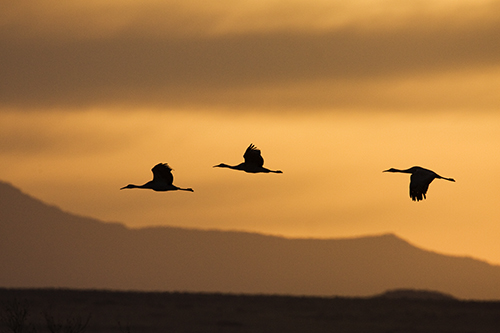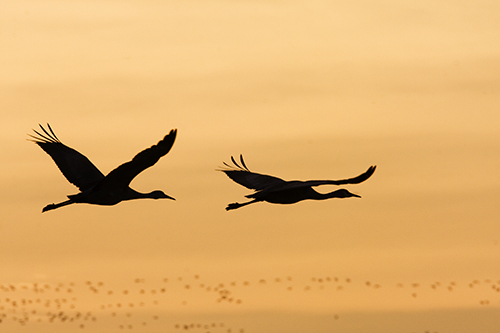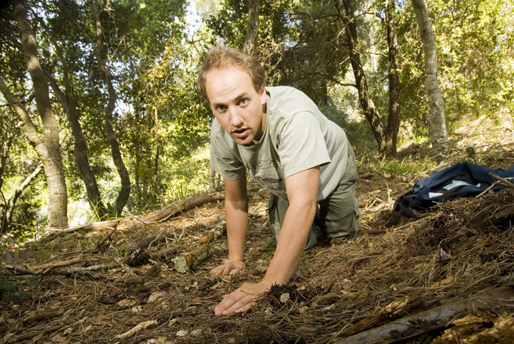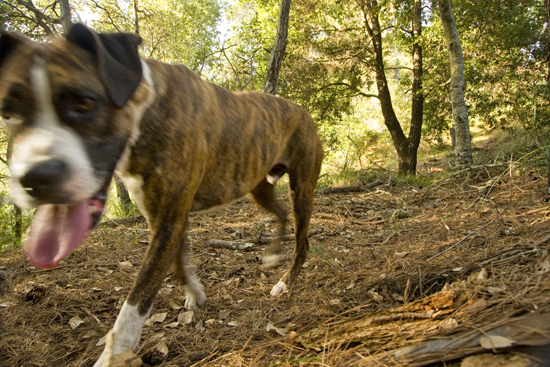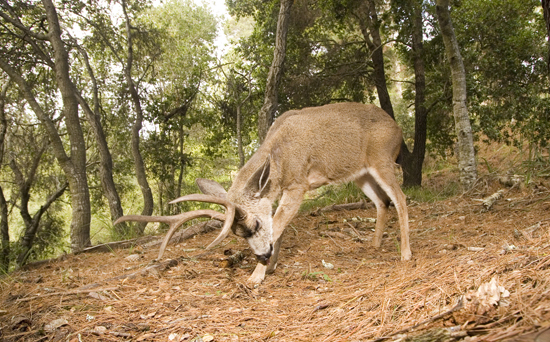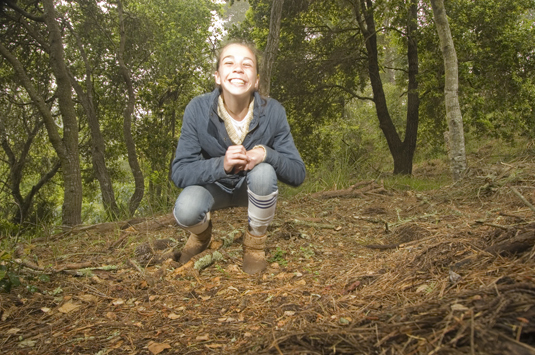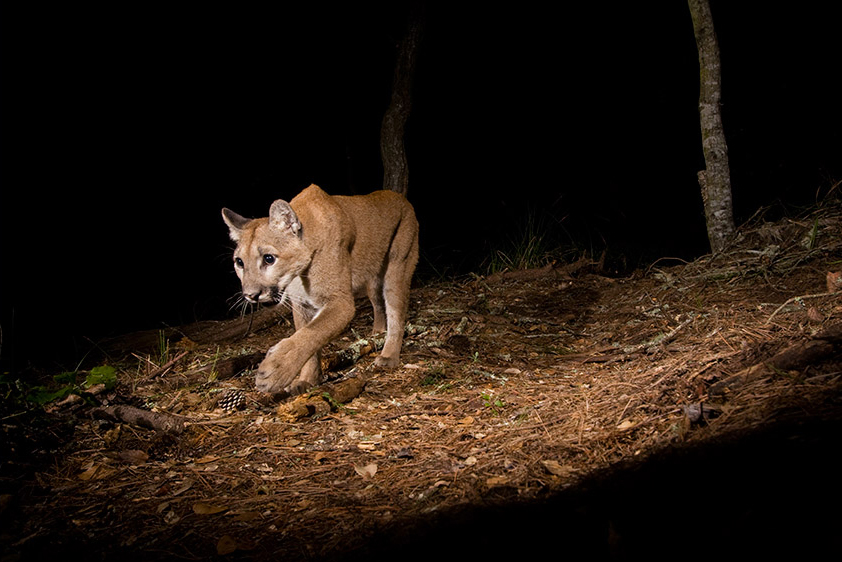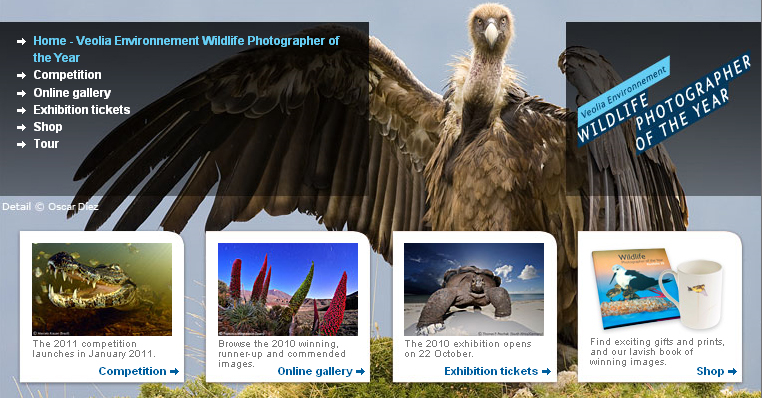This is not a new event, throughout historical times, politicians have reduced or eliminated the chances for scientists and NGOs to increase their conservation efforts. The latest bill and possibly the one with the most impact comes out of southern California where democrat Joe Baca introduced a bill that would de-list all endangered species (aka eliminate all the protection and funding going towards saving the species) that have been listed on the Endangered Species Act for 15 years.
He declares a species should be listed as extinct if it meats one of a few different options. The first is the previously mentioned criteria of a species being listed as endangered for fifteen years. Another option is if the species has not been found to have a substantial increase in population size since its initial listing. The third option is that the species is declared as a limited listed species, which basically is defined as a species that may or may not be present in its range because not all individuals were accounted for at the time of its original listing.
What drives me crazy here is that this bill takes no ecological science into consideration. What about slow reproducing species like California Condors where chicks spend two years with their parents and adults don’t reach sexual maturity until the age of six. This species will continue to be listed as a critically endangered species, let alone as an endangered species for a much longer period of time than 15 years. Should we just stop our conservation efforts now? Based on Joe Bacca’s reasoning we should indeed.
This bill stems from conflicts that have been going on for years between developers and conservationists that want to protect the Delhi Sands Flower-loving Fly and therefor also its habitat which is considered prime real-estate by developers. The sad part is that this tiny bit of land is only 2-3% of the flies historical habitat. Yet even this sliver of land needs to be developed? To me this is pure ridiculousness.
The bigger problem, besides the certain extinction of the fly, would be the extinction of many other species. Species more charismatic than the fly, and species with larger ecological impacts. With their destruction, much of the habitats we know today would forever be altered.
If you have a problem with this as well, please write to your local house representative.
*If you are interested in purchasing any of the pictures displayed in this post, please check out my fine prints page for pricing.*

